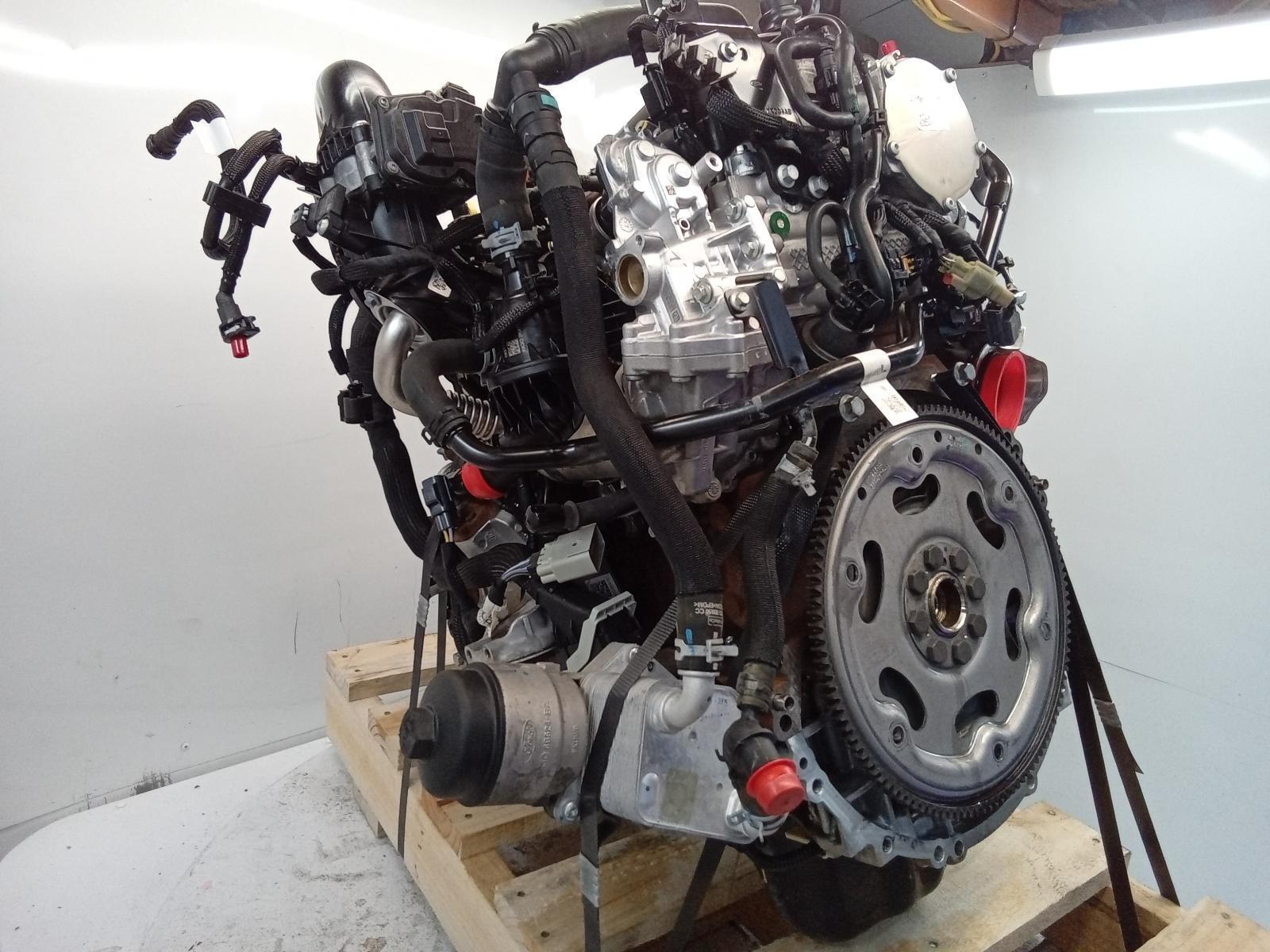Everything You Need to Know About the 2.2 Ford Ranger Engine and Its Performance
Everything You Need to Know About the 2.2 Ford Ranger Engine and Its Performance
Blog Article
What Makes a Car Engine Run Efficiently: Leading Tips for Optimum Care
The smooth operation of an auto engine is fundamental to both performance and longevity, making optimal treatment an important obligation for automobile proprietors. What details actions should you focus on to guarantee your engine continues to be in peak problem?
Normal Oil Changes
One of one of the most crucial aspects of vehicle maintenance is ensuring your engine receives regular oil changes. Engine oil lubes inner parts, lowers rubbing, and aids keep optimum operating temperature levels. With time, oil weakens as a result of warmth, contaminants, and the natural results of burning, causing minimized effectiveness and potential engine damages.
The majority of suppliers suggest altering the oil every 5,000 to 7,500 miles, but this period can vary based on driving problems and oil type. Synthetic oils may permit for longer periods between changes. Regular oil adjustments not just enhance engine performance but additionally improve fuel performance, as clean oil promotes smoother procedure.
Disregarding oil modifications can lead to sludge build-up, which harms circulation and can lead to severe engine issues. It is important to inspect oil levels routinely and monitor for any kind of unusual adjustments in shade or consistency, which can suggest contamination or degradation.

Preserving Coolant Degrees
Keeping correct coolant degrees is crucial for avoiding engine overheating and ensuring optimal performance. The coolant, generally a mix of water and antifreeze, distributes via the engine, soaking up warmth and protecting against thermal stress and anxiety. Insufficient coolant can lead to increased engine temperatures, which may trigger serious damage or perhaps overall engine failing.
To preserve optimal coolant levels, routinely inspect the coolant reservoir, normally located in the engine bay. Make certain the coolant is loaded to the recommended mark, as indicated in your vehicle's proprietor handbook. It is a good idea to check the degrees at least when a month or before lengthy trips, specifically during severe climate condition.
If you discover that the coolant degree is regularly reduced, there may be a leakage in the cooling system, which need to be dealt with promptly to stop further issues. 2.2 ford ranger engine. Additionally, flushing the coolant system every 2 to 3 years can help get rid of any collected particles and make sure reliable heat exchange
Checking Air Filters

It is recommended to check the air filter every 12,000 to 15,000 miles, or more frequently if driving in adverse or messy problems. A basic visual assessment can commonly expose whether the filter is dirty or harmed. It ought to be replaced without delay. if the filter shows up stained or has noticeable dust buildup.
Using a top notch air filter created for your specific automobile model can better enhance engine efficiency. Additionally, some automobiles may gain from reusable filters that can be cleaned up and re-installed, supplying my latest blog post a cost-effective and ecologically pleasant choice.
Inspecting Glow Plugs
Glow plugs are crucial parts of a vehicle's ignition system, directly impacting engine performance and efficiency. They create the spark that fires up the air-fuel blend in the combustion chamber, helping with the engine's power generation. Routine examination of trigger plugs is crucial for maintaining optimal engine feature and preventing prospective concerns.
Throughout an examination, look for signs of wear or damage, such as splits, carbon build-up, or too much void widening. A healthy and balanced stimulate plug usually displays a light brown or tan shade. Dark residue or oil deposits can suggest improper burning, while a white or raw appearance might recommend overheating. Both conditions call for prompt focus to stop further engine damage.
It's suggested to check spark plugs every 30,000 miles, or as advised in your automobile's proprietor handbook. Additionally, take into consideration replacing them according to the maker's guidelines, as old or used stimulate plugs can bring about misfires, decreased gas effectiveness, and boosted emissions.
Tracking Tire Stress
Making sure correct tire pressure is a critical element of lorry safety and performance. important source Under-inflated tires can cause decreased fuel effectiveness, raised tire wear, and compromised handling. On the other hand, over-inflated tires can lower grip and increase the danger of blowouts. Consequently, regular monitoring of tire pressure is necessary for optimum vehicle operation.
Tire pressure must be examined at the very least once a month and eventually trips. Utilize a trusted tire pressure gauge to measure the pressure when the tires are cold, ideally before the car has actually been driven for a minimum of three hours. Refer to the car's owner handbook or the placard located on the chauffeur's side door jamb for the producer's recommended stress degrees.
It is very important to keep in mind that tire stress can rise and fall with adjustments in temperature level; a decline of 10 ° F can cause a 1-2 psi decrease in pressure. Additionally, visually evaluate tires for any kind of indications of wear or damage throughout your tracking routine. Keeping appropriate tire pressure not just enhances vehicle safety yet additionally enhances fuel efficiency and extends tire life, eventually adding to a smoother engine performance.
Final Thought
In conclusion, preserving a car engine's smooth procedure requires persistent interest to numerous essential variables. Eventually, an aggressive approach to engine care is necessary for ensuring dependability and performance over time.
One of the most critical aspects of car maintenance is guaranteeing your engine gets regular oil modifications. Engine oil lubes inner components, reduces rubbing, and helps preserve ideal operating temperature levels. Routine oil adjustments not only enhance engine efficiency yet also improve gas performance, as clean oil promotes smoother operation.
Not enough coolant can lead to boosted engine temperature levels, go right here which may trigger serious damage or also complete engine failure.

Report this page